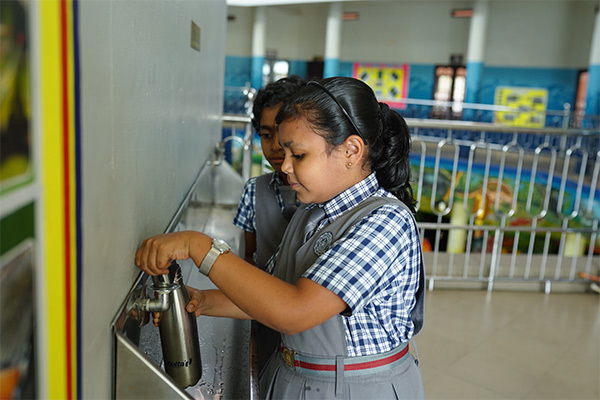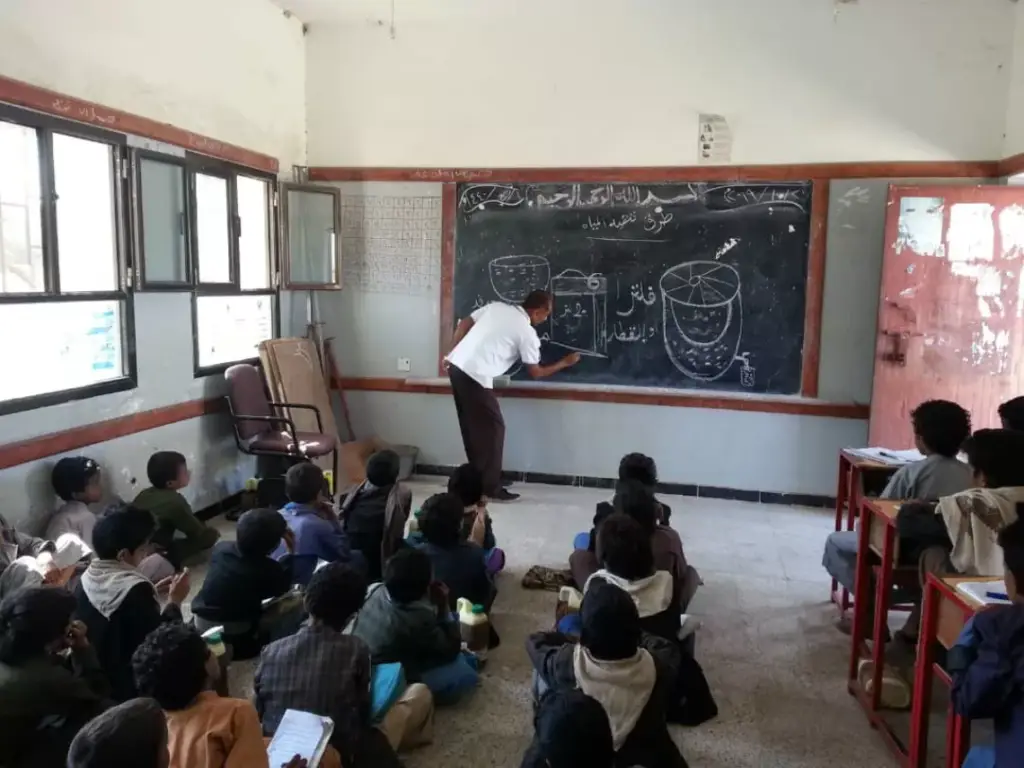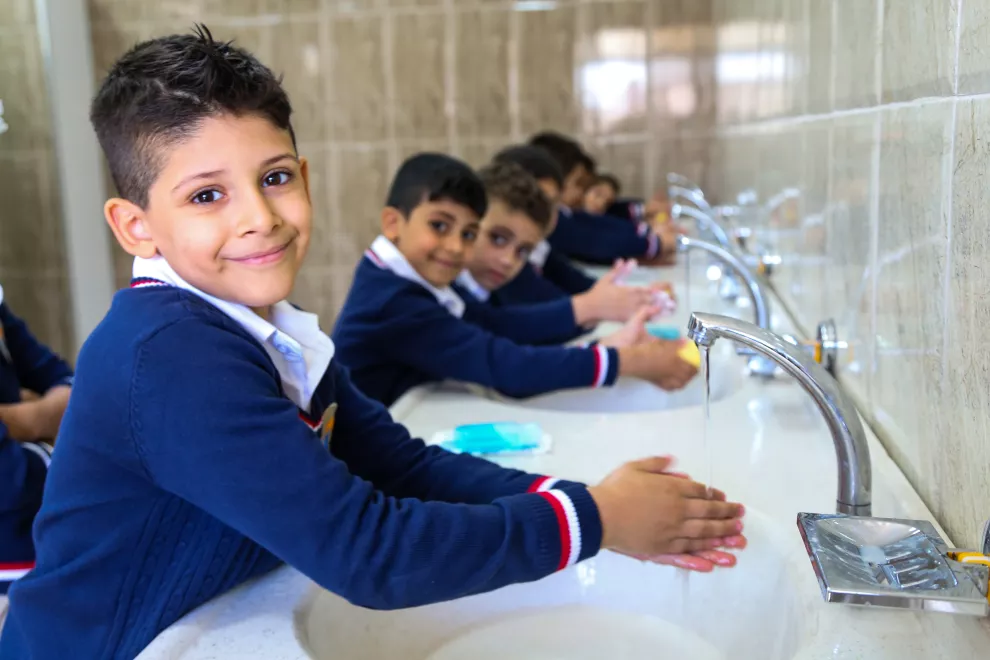
Introduction:
Ensuring safe and adequate water storage in schools and educational institutions is crucial for maintaining the health and well-being of students and staff. Proper water storage practices not only prevent waterborne diseases but also contribute to a conducive learning environment.
essential guidelines to ensure effective water storage in Indian schools:
Regular Maintenance of Storage Tanks
Regular inspection and maintenance of water storage tanks are paramount to ensure water quality and prevent contamination. Tanks should be cleaned at least twice a year to remove sediment, algae, and debris that can accumulate over time. Use of appropriate cleaning agents and disinfectants is recommended to eliminate harmful microorganisms and maintain water purity.
Proper Tank Design and Material Selection
Selecting the right type of storage tank is critical. Tanks should be made from food-grade materials such as stainless steel, fiberglass, or high-density polyethylene (HDPE) to prevent leaching of harmful chemicals into the water. The design should include features like sealed lids and mosquito-proof screens to prevent insects, dust, and pollutants from entering the tank.
Adequate Capacity Planning
Calculate water storage requirements based on the number of students, staff, and daily water consumption needs. Ensure that storage capacity is adequate to meet peak demand periods, such as during school hours and extracurricular activities. Consider installing multiple tanks or larger capacity tanks if necessary, particularly in institutions with larger populations.

Regular Water Quality Testing
Conduct regular water quality testing to monitor parameters such as pH levels, turbidity, and presence of bacteria or other contaminants. Testing should be performed at least once a year by certified laboratories to ensure that stored water meets national drinking water standards (BIS:10500). Promptly address any issues identified during testing to maintain safe water quality.
Implementing Backup Water Supply Systems
Incorporate backup water supply systems such as rainwater harvesting, groundwater recharge, or connection to municipal water supply to mitigate interruptions in water availability. Ensure that these systems are regularly maintained and tested to ensure reliability during emergencies or periods of water scarcity.
Educating Students and Staff
Raise awareness among students and staff about the importance of water conservation, hygiene practices, and the role of clean water in maintaining health. Conduct educational sessions on proper handwashing techniques, drinking water hygiene, and the significance of using safe water for cooking and drinking purposes.
Monitoring and Management Protocols
Establish monitoring protocols to track water consumption patterns, identify leaks or wastage, and implement corrective measures promptly. Assign responsibilities for water management tasks to designated staff members or committees responsible for overseeing water storage, distribution, and usage within the institution.
Disaster Preparedness and Contingency Planning
Develop contingency plans for handling water-related emergencies such as supply disruptions, natural disasters, or contamination incidents. Maintain emergency supplies of bottled water or water purification tablets as part of the institution’s disaster preparedness strategy.

Conclusion:
Adhering to these best practices ensures that schools and educational institutions in India maintain safe and adequate water storage facilities. By prioritizing regular maintenance, proper design, water quality testing, and educational initiatives, institutions can safeguard the health of students and staff while promoting sustainable water management practices. Implementing these guidelines not only enhances the overall hygiene standards but also contributes to creating a healthy and conducive learning environment for everyone involved.


